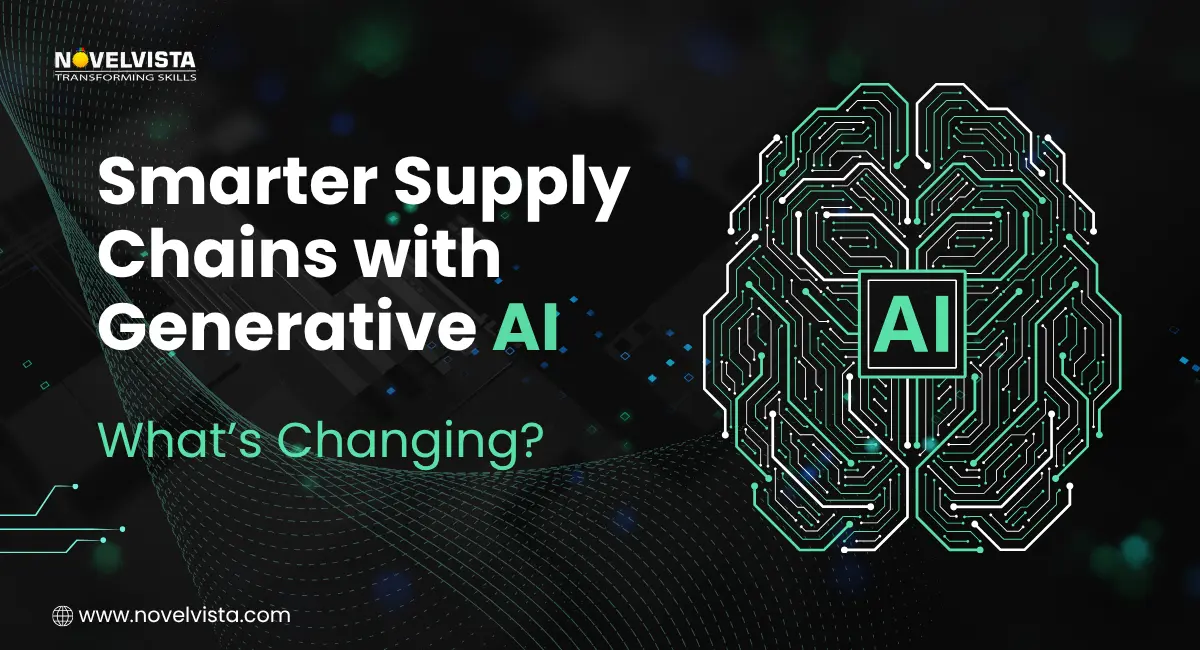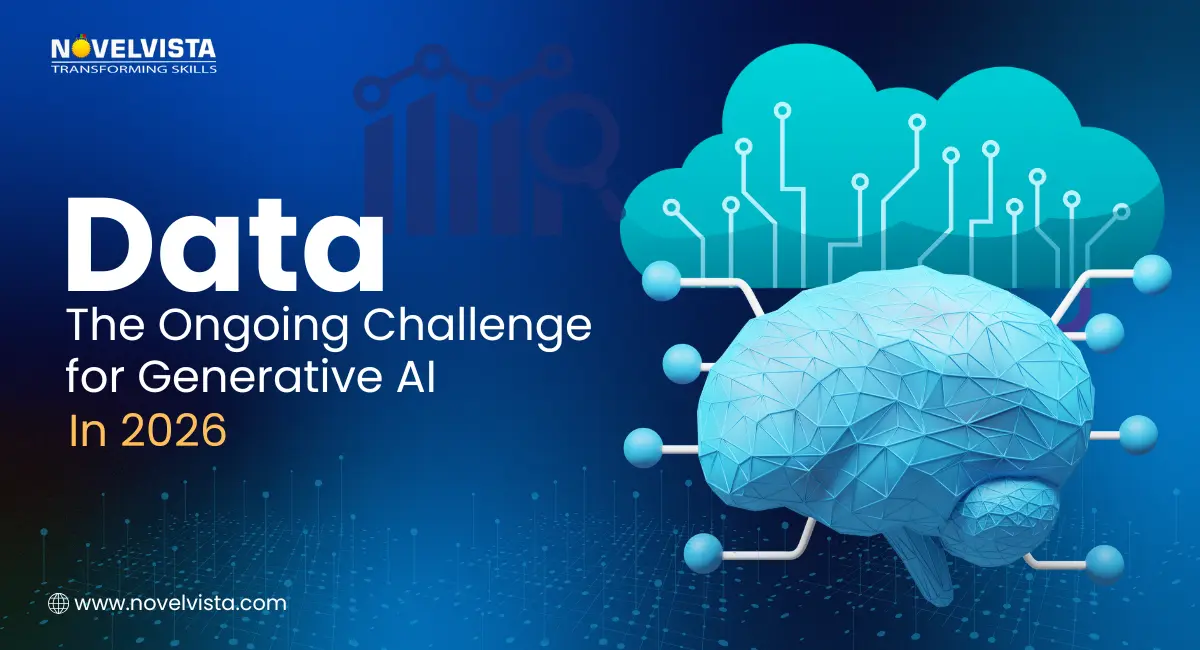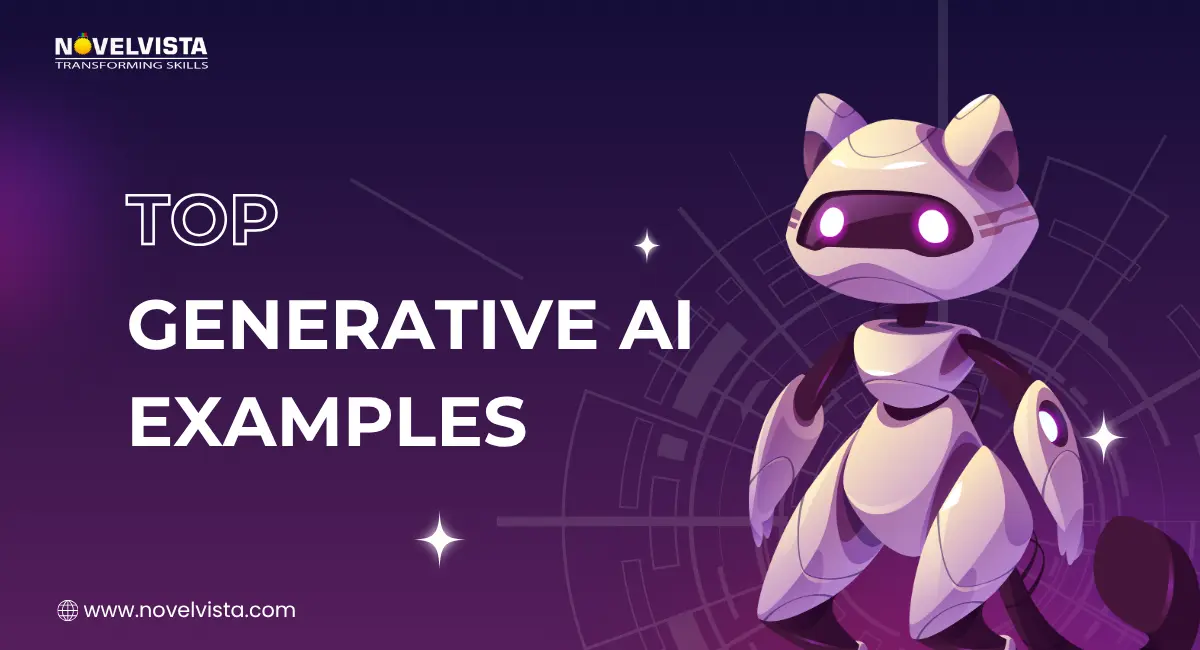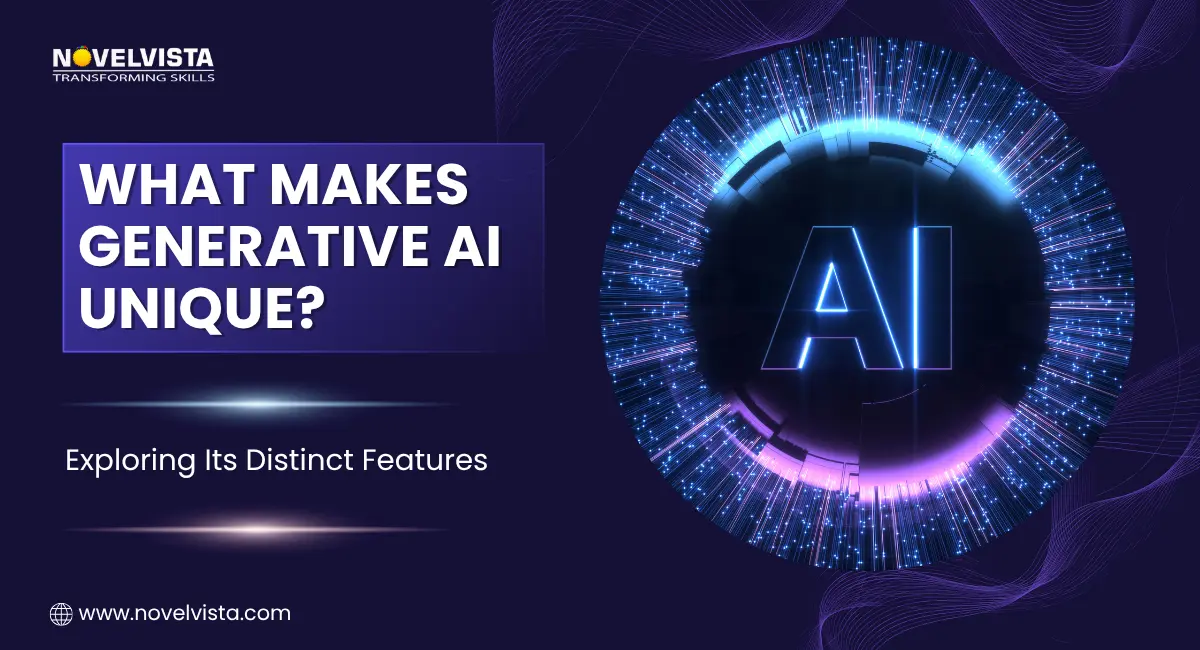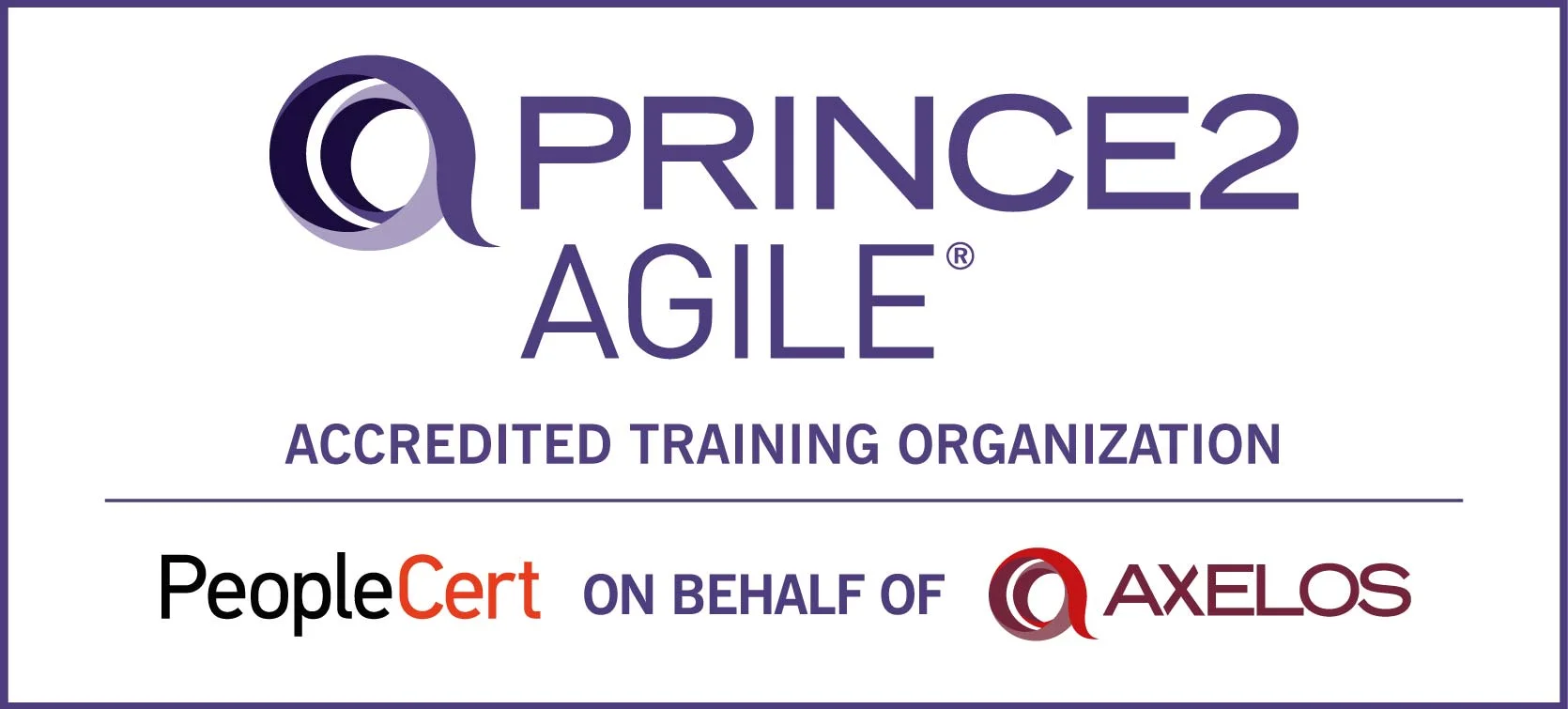- The Rise of Generative AI in Supply Chain Management
- What Exactly Is an ISO 9001 Audit Equivalent for Supply Chain AI?
- Key Ways Generative AI Is Transforming Supply Chains
- Why Generative AI Is the Missing Link for a Smarter Supply Chain
- The Technology Behind It: How GenAI Works in Supply Chain
- Real-World Examples of Generative AI in Supply Chains
- Challenges in Implementing Generative AI in Supply Chain
- The Future of Supply Chain: A GenAI-Driven Ecosystem
- How to Get Started with Generative AI in Supply Chain
- Conclusion: The Era of the Smarter Supply Chain Is Here
Imagine a world where your supply chain predicts demand shifts before they happen, generates optimized logistics routes in minutes, and redesigns your inventory plans overnight — all without human intervention. That’s not a futuristic dream anymore; it’s the new reality shaped by Generative AI in supply chain operations.
According to McKinsey’s 2025 AI Supply Chain Report, companies adopting GenAI in supply chain planning have seen up to 45% faster decision-making, 30% lower operational costs, and a 50% reduction in planning errors. These aren’t just numbers; they’re the new benchmarks for a smarter supply chain era.
But here’s the question: what’s really changing? Who can benefit from these advances?
And how can organizations use AI in supply chain management to stay ahead in an unpredictable global economy?
If you’re a supply chain manager, data professional, business leader, or logistics strategist trying to understand how Generative AI in supply chain is reshaping operations, this guide is for you.
By the end, you’ll know what Generative AI in supply chain management means, how it’s transforming logistics and forecasting, and what it means for the future of supply chain. Let’s dive in and explore why Generative AI is redefining how modern supply chains work.
The Rise of Generative AI in Supply Chain Management
Generative AI isn’t just another automation tool; it’s a creative engine for operations. Unlike traditional AI, which analyzes data and provides insights, Generative AI in supply chain uses vast datasets to generate new ideas, predictions, and solutions.
Think of it as a strategic co-pilot that can:
-
Simulate supply chain scenarios based on historical data
-
Generate optimized demand forecasts and production schedules
-
Suggest cost-effective supplier combinations
-
Design new packaging or delivery models through AI-driven simulations
These capabilities turn a reactive process into a proactive, smarter supply chain, where decisions are made with agility and foresight.
To see howGenerative AI is driving similar breakthroughs across industries, check outTop Generative AI Examples Demonstrating Its Power and Potential
What Exactly Is an ISO 9001 Audit Equivalent for Supply Chain AI?
In traditional quality management, the ISO 9001 audit ensures that organizations follow systematic processes for consistent results. Similarly, AI in supply chain management acts like an intelligent “audit” layer for every decision, ensuring accuracy, efficiency, and quality in every transaction and process flow.
Just as auditors analyze compliance gaps, Generative AI analyzes process inefficiencies, but in real time. It continuously “audits” supplier performance, logistics reliability, and customer demand signals to create a smarter, self-correcting supply chain.
Key Ways Generative AI Is Transforming Supply Chains
Let’s break down the major areas where GenAI supply chain technology is creating a visible impact across industries.
1. Predictive Demand Forecasting
Traditional demand forecasting relies heavily on historical data and fixed models. Generative AI in supply chain changes that by generating multiple future scenarios based on diverse factors, from market trends to weather and social media sentiment.
Example: A global apparel brand used GenAI models to adjust seasonal inventory dynamically, cutting stockouts by 38%.
2. Supplier Risk Management
A single supplier disruption can cost millions. AI in supply chain management can now analyze risk signals, geopolitical, financial, and operational, and generate backup sourcing options instantly.
It’s like having a virtual procurement analyst who never sleeps, continuously monitoring and optimizing supplier reliability.
3. Logistics Optimization
Generative AI can simulate thousands of transport routes, balancing cost, speed, and sustainability. It dynamically adapts to changing fuel prices or port delays to maintain delivery consistency.
This leads to a smarter supply chain that’s adaptive, efficient, and resilient.
4. Sustainable Operations
Today’s future of supply chain is not just about efficiency; it’s about responsibility. Generative AI can design eco-optimized packaging, calculate carbon footprints, and simulate greener logistics models.
In short, it helps organizations align cost efficiency with sustainability goals.
5. Autonomous Decision-Making
From real-time inventory restocking to auto-adjusted pricing strategies, GenAI in supply chain empowers systems to make decisions without waiting for human input, within predefined guardrails.
This shift reduces delays, enhances accuracy, and boosts customer satisfaction.
Starting today!
Get practical, AI-powered strategies for
Forecasting, Risk Management, & Sustainability.
Why Generative AI Is the Missing Link for a Smarter Supply Chain
For decades, supply chains have been data-rich but insight-poor. The arrival of Generative AI in supply chain bridges that gap by combining predictive analytics with generative intelligence.
Instead of only describing what happened (diagnostic AI) or what might happen (predictive AI), Generative AI can now propose what to do next.
That means fewer reactive firefights and more proactive growth strategies.
| Traditional Supply Chain | Smarter Supply Chain with GenAI |
| Manual planning cycles | Continuous, AI-generated forecasting |
| Reactive risk response | Predictive and proactive mitigation |
| Isolated data silos | Integrated data intelligence |
| One-size-fits-all models | Dynamic, adaptive decision-making |
This evolution is what makes the GenAI supply chain not just efficient but truly transformative.
The Technology Behind It: How GenAI Works in Supply Chain
Generative AI in supply chain management combines several advanced technologies to produce these intelligent outputs:
-
Machine Learning (ML): Learns from past supply chain data to identify patterns.
-
Natural Language Processing (NLP): Converts unstructured data (emails, supplier notes) into usable insights.
-
Reinforcement Learning: Continuously improves decisions based on feedback loops.
-
Digital Twins: Creates virtual replicas of supply chain networks to simulate scenarios.
Together, these create an ecosystem where a smarter supply chain can plan, adapt, and optimize autonomously.
Generative AI’s technical foundation is revolutionizing multiple sectors from manufacturing to medicine. Discover how it’s reshaping healthcare inHow Generative AI in Healthcare Is Transforming Diagnosis, Treatment & Innovation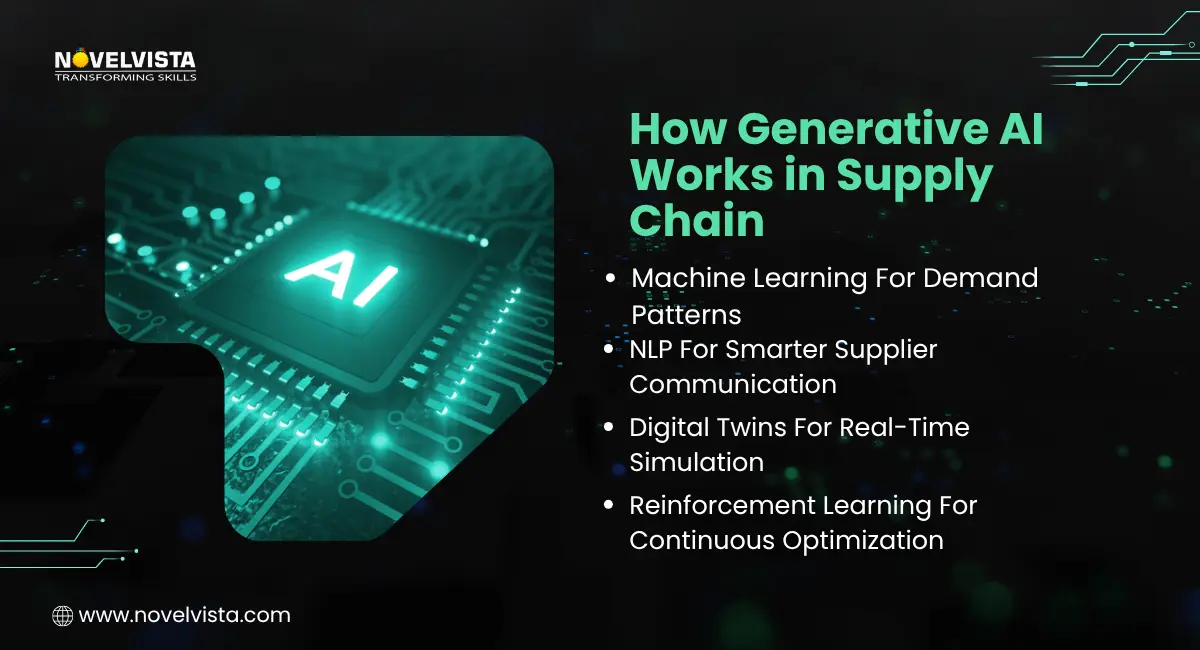
Real-World Examples of Generative AI in Supply Chains
- Amazon: Uses AI in supply chain management to forecast inventory, optimize routes, and manage warehouse robotics.
- Unilever: Implemented GenAI supply chain tools to model sustainable logistics, reducing emissions by 25%.
- DHL: Uses Generative AI simulations to plan delivery routes under uncertain global conditions, improving ETA accuracy.
Each of these cases highlights how AI-driven decision-making enhances both efficiency and resilience, key to the future of supply chain.
Challenges in Implementing Generative AI in Supply Chain
No transformation is without its hurdles. Common barriers include:
- Data Quality & Integration: Disconnected systems limit AI accuracy.
- Ethical & Governance Concerns: Automated decisions require transparent logic.
- Change Resistance: Teams may hesitate to trust machine-generated outcomes.
- Cost & Skill Gaps: Implementing AI in supply chain management demands investment and new expertise.
However, organizations that overcome these challenges are rewarded with faster insights, better resilience, and a strong competitive edge.
The Future of Supply Chain: A GenAI-Driven Ecosystem
The future of supply chain lies in complete digital collaboration, where humans and AI work side-by-side. Imagine AI assistants dynamically negotiating supplier contracts, creating shipment blueprints, or drafting contingency plans within seconds.
Generative AI will enable hyper-personalized logistics, self-healing supply networks, and near-zero waste operations.
By 2030, Gartner predicts that over 70% of global supply chain leaders will rely on Generative AI for at least one core function, from design to delivery.How to Get Started with Generative AI in Supply Chain
- Assess Current Capabilities: Identify gaps in data infrastructure and automation readiness.
- Start Small: Pilot AI projects in demand forecasting or supplier risk management.
- Integrate Gradually: Connect GenAI models with ERP and CRM tools.
- Upskill Teams: Encourage AI literacy across procurement and operations.
- Monitor & Optimize: Continuously refine models with feedback and new data.
Transformation begins with experimentation, and the earlier you start, the faster you gain a competitive advantage.
As you prepare your AI roadmap, stay ahead of emerging innovations shaping thefuture of supply chain and beyondin10+ Generative AI Trends That Will Redefine Innovation in 2025.
Conclusion: The Era of the Smarter Supply Chain Is Here
The smarter supply chain isn’t about replacing humans, it’s about amplifying human intelligence. With Generative AI in supply chain, organizations can move from reacting to predicting, from managing to innovating.
As global uncertainties continue to test resilience, those who embrace GenAI supply chain systems will shape the future of supply chain faster, cleaner, and infinitely smarter.
Generative AI isn’t just optimizing supply chains. It’s reinventing how they think.
Ready to Lead the Future of Supply Chains?
Take the next step toward mastering Generative AI in business operations with NovelVista’s Generative AI Professional Training. Gain hands-on expertise in GenAI supply chain applications, learn real-world use cases, and build the skills to design intelligent, automated workflows that redefine operational efficiency.
Whether you’re a supply chain professional, data strategist, or digital transformation leader, this course equips you to harness AI in supply chain management and lead innovation confidently. Start your Generative AI journey today and be the driving force behind a smarter supply chain future!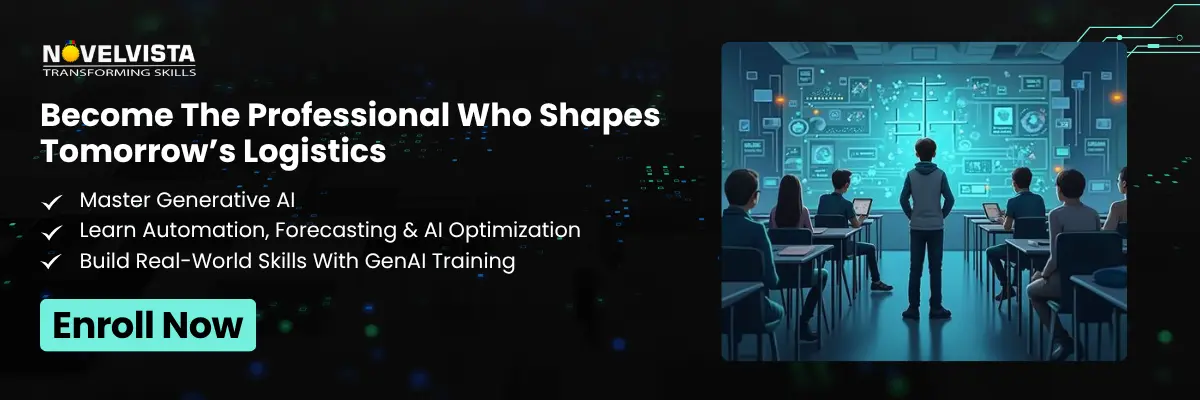
Frequently Asked Questions
Author Details

Akshad Modi
AI Architect
An AI Architect plays a crucial role in designing scalable AI solutions, integrating machine learning and advanced technologies to solve business challenges and drive innovation in digital transformation strategies.
Course Related To This blog
Generative AI Professional
ISO 9001:2015 Lead Auditor Training and Certification
Generative AI in Project Management
Generative AI in Risk & Compliance
Generative AI in Retail
Generative AI in Marketing
Generative AI in Finance and Banking
Generative AI for HR and L&D
Generative AI in Cybersecurity
Generative AI in Business
Generative AI in Software Development
Confused About Certification?
Get Free Consultation Call

